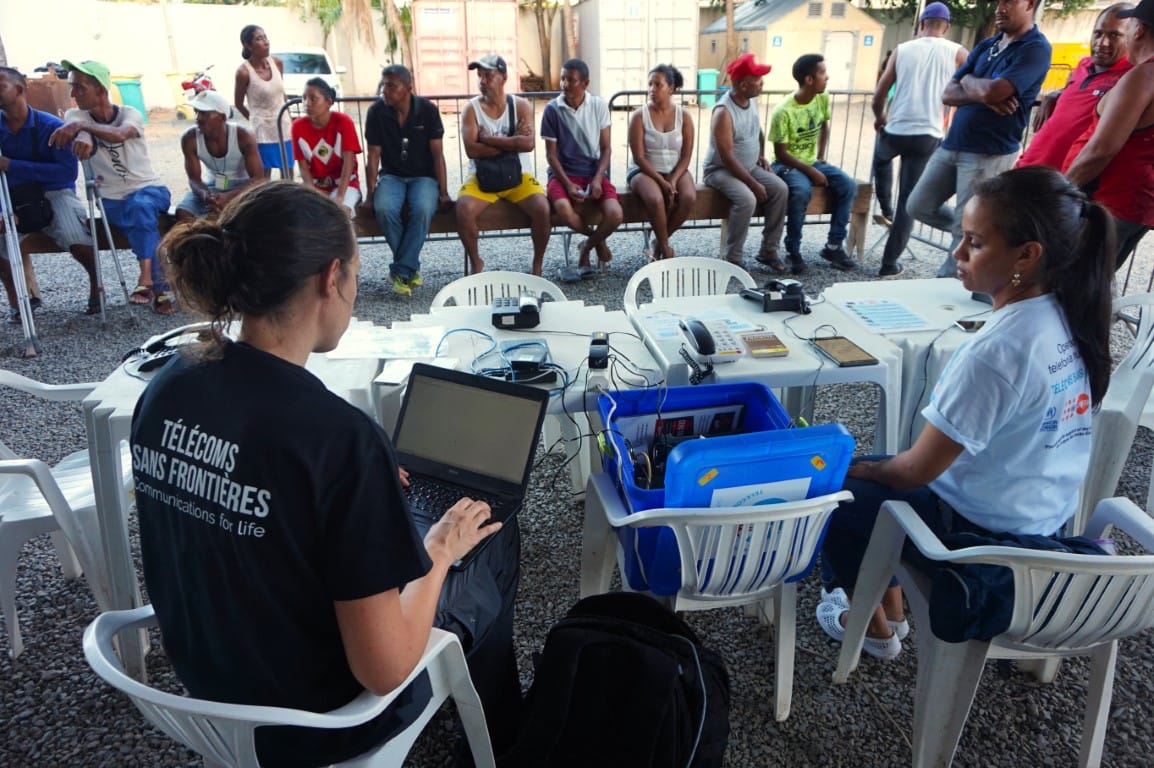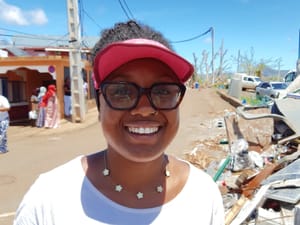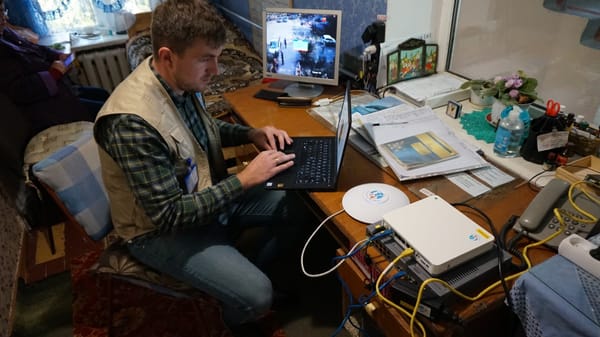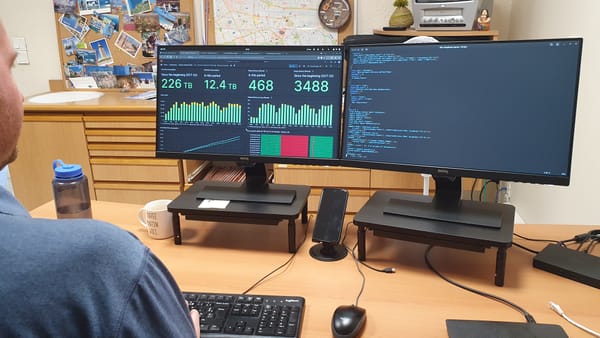As an NGO using ICTs to help people in crisis situations, TSF wants to be careful about the choices it makes when selecting the technical tools it uses. We’d especially like to pay tribute to free software, as most TSF’s solutions are based on them.
What is free software?
But first, what is free software and why is it interesting for us at TSF? Free in this case does not primarily mean that it is free of charge, but rather that there’s a close link with freedom.
Freedom to run it, copy it, study it, adapt it to your needs and improve it. This kind of software played a significant part in the development of the Internet, and is now sitting underneath most of the digital technologies like the many websites using Linux systems and the Nginx web server, the Firefox browser or the Android mobile OS.
Using free software as a humanitarian NGO
We’re no exception at TSF, and when we select tools to build solutions for our humanitarian projects, you will always find at least one brick of free software inside, from our current website built on Plone to solutions in humanitarian missions.
As an example, the VoIP solution that was used in Brazil to enable Venezuelan refugees to contact their families inside the country was based on the SIP protocol and the software PBX Asterisk, distributed under the GPLv2 [free] license. A similar system was used in Lebanon after the Beirut port explosion to connect disaster victims with NGOs ready to help.
The possibility offered by free software of adapting the source code to our own needs is sometimes very useful in meeting the specific requirements we encounter in humanitarian contexts.
When we provide internet connectivity in emergency situations, we monitor the connection closely using ntop-ng, influxdb and grafana.
In some cases, our unconventional use of the software may help to discover bugs; our technical team can then report the problem to the development team or submit a patch, thereby helping to improve the code, which is part of the original spirit of free software.
Digital inclusion and sustainability
Finally, we are convinced that open source software has a role to play in digital inclusion and sustainability.
It can provide universal access to the software while raising awareness about privacy. Most importantly, mainstream free software will not reach any end-of-life. Older versions remain available although they are not maintained anymore. Some free Operating Systems are explicitly designed to run on older hardware to make it last longer. Free software is therefore an important lever to fight against planned obsolescence and decrease the carbon and environmental footprint of digital technologies.
Often little known or ignored, free software is present in almost all digital tools. At TSF, we are aware that all the tools we use to help people affected by humanitarian crises contain at least some free bricks, when they are not completely free.
That's why we want to highlight all the developers, maintainers and supporters who constitute the free software community. Thanks to them, we can freely shape our connectivity and information access solutions to meet humanitarian needs.











Member discussion